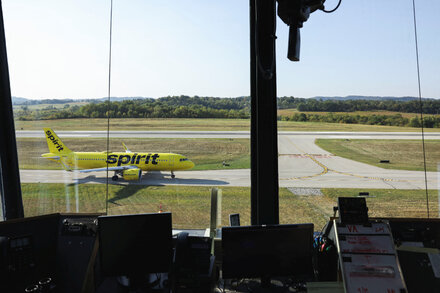Discount airlines revolutionized air travel, making it accessible to millions. However, these pioneers of low-cost flying are now grappling with significant operational and financial pressures, raising questions about their long-term viability.

The landscape of air travel, irrevocably reshaped by the advent of discount airlines, is now witnessing these very pioneers grappling with significant turbulence. Carriers that once made flying accessible to millions by unbundling services and prioritizing low fares are facing unprecedented operational and financial pressures, raising questions about the future of ultra-low-cost air travel.
For decades, airlines like Spirit and Frontier revolutionized the industry, introducing a business model built on efficiency: high-density seating, point-to-point routes, rapid aircraft turnarounds, and charging for amenities traditionally included in a standard fare. This approach dramatically lowered ticket prices, democratizing air travel and forcing legacy carriers to adapt.
However, the economic environment has shifted dramatically. Post-pandemic travel surges have strained operational capabilities across the industry, but discount carriers, often operating with leaner staff and tighter schedules, have felt the pinch acutely. Rising fuel costs, increasing labor expenses driven by competitive pilot and crew markets, and persistent supply chain issues impacting aircraft maintenance and new deliveries have squeezed their traditionally thin profit margins.
“The foundational premise of ultra-low-cost carriers was to strip away every non-essential cost,” said Dr. Evelyn Reed, an aviation industry analyst. “However, the operating environment has changed drastically, with fuel, labor, and maintenance expenses all on an upward trajectory, making that original model significantly harder to sustain without passing substantial costs onto the consumer.”
Passengers, initially drawn by headline-grabbing low fares, have also voiced growing frustrations. Frequent delays, cancellations, and the accumulation of various ancillary fees can sometimes negate the initial price advantage, leading to a perception of diminished value. This has led some travelers to reconsider their loyalty to budget options, especially as traditional carriers have also introduced more basic economy fare options, blurring the competitive lines.
Operational Headwinds and Market Shifts
The challenges are multifaceted. Staffing shortages, particularly for pilots and ground crew, have made it difficult for airlines to meet resurgent demand, resulting in reduced flight schedules and operational disruptions. Furthermore, specific issues, such as ongoing problems with certain engine types used in popular aircraft models, have grounded portions of fleets, exacerbating capacity constraints.
“We remain committed to providing affordable travel options, but acknowledge the unprecedented headwinds facing the entire industry,” stated a spokesperson for a prominent low-cost carrier, addressing the current difficulties. “Our focus is on operational reliability and ensuring we can deliver on our promises to passengers, even as external costs rise.”
The current climate suggests a potential inflection point for the discount airline model. As the cost of doing business continues to climb, these carriers may be forced to re-evaluate their strategies, potentially leading to higher base fares, a restructuring of their service offerings, or even consolidation within the sector. The era of ultra-cheap, no-frills air travel, while not necessarily over, appears to be undergoing a significant transformation.
“Passengers initially flocked to these airlines for the sheer price advantage, but the calculus is shifting,” commented Mark Davison, a consumer travel advocate. “When delays are frequent and unexpected fees accumulate, the ‘discount’ aspect can quickly erode, leading to a re-evaluation of overall value and prompting some to look for more predictable travel experiences, even if it means paying a bit more upfront.”
The coming months will likely test the resilience and adaptability of discount airlines as they navigate this challenging period, with potential long-term implications for how consumers fly and the overall structure of the aviation industry.
Source: Read the original article here.





